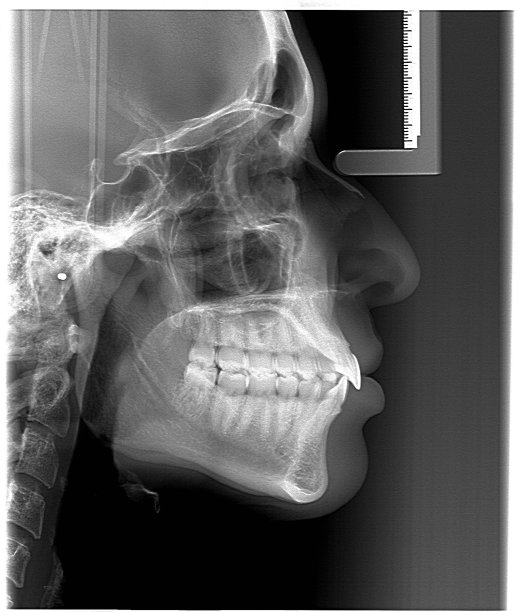Essential Guidelines and Precautions to Ensure Safe and Effective Root Canal Treatment for Dental Patients
Summary: Root canal treatment is a common dental procedure essential for preserving natural teeth and managing dental pain. Ensuring a safe and effective treatment involves a comprehensive understanding of the necessary guidelines and precautions. In this article, we focus on four key aspects: patient evaluation and diagnosis, sterilization and infection control, the treatment process itself, and post-treatment care. Each of these areas plays a vital role in the successful outcome of root canal therapy, ultimately aiming to enhance patient comfort, reduce anxiety, and achieve optimal dental health. By adhering to best practices and utilizing modern technologies, dental professionals can significantly improve the quality of care provided to their patients.
1. Patient Evaluation and Diagnosis

Accurate patient evaluation is critical for effective root canal treatment. The process begins with a thorough clinical examination, where the dentist assesses the patients dental history and symptoms. This information helps in identifying the need for a root canal, which is often indicated by persistent pain, swelling, or discolored teeth.
Diagnostic tools, such as X-rays, play an integral role in visualizing the extent of the problem. These images provide insights into the condition of the tooth, including whether there are abscesses or damage to the surrounding bone. Understanding the specifics of the condition allows the dentist to develop a tailored treatment plan.
Additionally, patient communication is essential. Discussions about the patient’s fears and expectations can help alleviate anxiety. Building a rapport with the patient encourages trust and compliance, which can significantly improve overall treatment outcomes.
2. Sterilization and Infection Control
The importance of sterilization in dental practices cannot be overstated, particularly during root canal treatment. Proper infection control measures must be in place to minimize the risk of cross-contamination. All instruments must be thoroughly sterilized before use, utilizing autoclaves or chemical disinfectants as appropriate.
Moreover, the dental team should follow strict hand hygiene protocols to further reduce infection risks. Gloves, masks, and protective eyewear must be worn throughout the procedure to ensure a sterile environment. This practice not only protects the dental team but also safeguards the patient’s well-being.
It is also essential to use high-quality, sterile materials during the root canal procedure. The use of contaminated or low-quality materials can lead to complications, including post-treatment infections. By ensuring that all materials are sourced from reputable suppliers, dentists can reduce the occurrence of adverse effects.
3. The Treatment Process Itself
Once the patient is prepared and the environment is sterile, the actual root canal procedure can commence. The dentist will administer local anesthesia to ensure the patient experiences minimal discomfort. This step is vital for patient comfort during the intricate treatment process.
The dentist then creates an opening in the crown of the tooth to access the pulp chamber. Using specialized instruments, the decayed or infected pulp is meticulously removed, and the root canals are cleaned, shaped, and disinfected. The precision of this step is crucial to prevent future infections.
Finally, the canals are filled with a biocompatible material, known as gutta-percha, to seal them and prevent reinfection. The access cavity is then closed, and a temporary or permanent filling is placed on top. This step not only restores the function of the tooth but also reinforces its structural integrity.
4. Post-Treatment Care
Post-treatment care is as important as the procedure itself. After a root canal, patients should be provided with clear instructions regarding care and recovery. Pain management is a common concern, and dentists should prescribe appropriate medications to alleviate discomfort.
Patients should be advised to avoid chewing on the treated tooth until it is fully restored. This precaution prevents further irritation and allows the area to heal properly. Regular follow-ups are essential to monitor the tooth’s condition and ensure that there are no complications.
Educating patients about oral hygiene practices post-treatment is crucial for long-term success. Emphasizing the importance of brushing and flossing, along with regular dental check-ups, helps maintain overall dental health and prevents future issues, including the need for additional procedures.
Summary:
In conclusion, adhering to essential guidelines and precautions during root canal treatment is crucial for ensuring patient safety and achieving successful outcomes. From thorough patient evaluation and effective infection control to precise treatment techniques and diligent post-care, each step plays a part in the quality of care delivered. By prioritizing these factors, dental professionals can significantly enhance patient experiences and promote lasting oral health.
This article is compiled by Vickong Dental and the content is for reference only.



